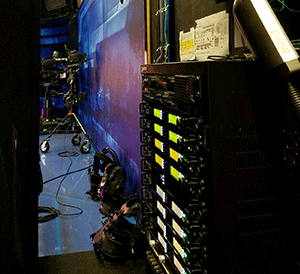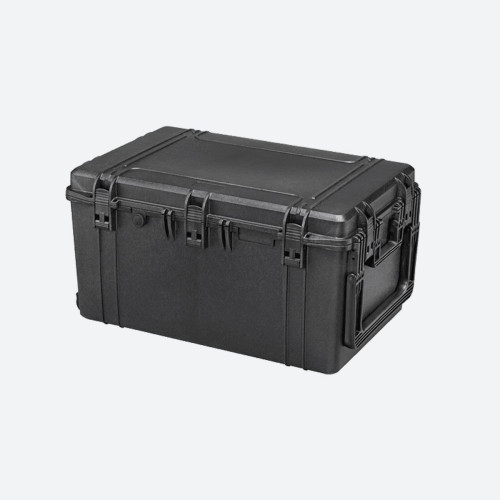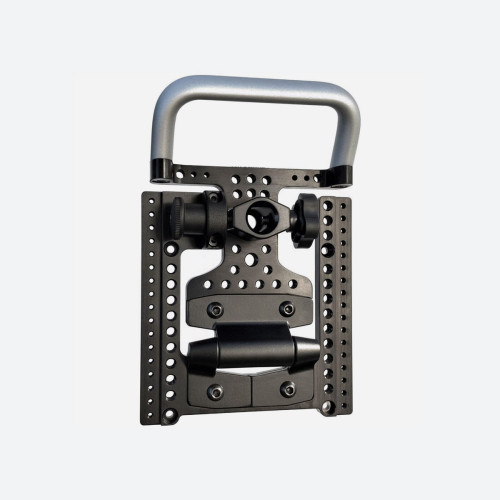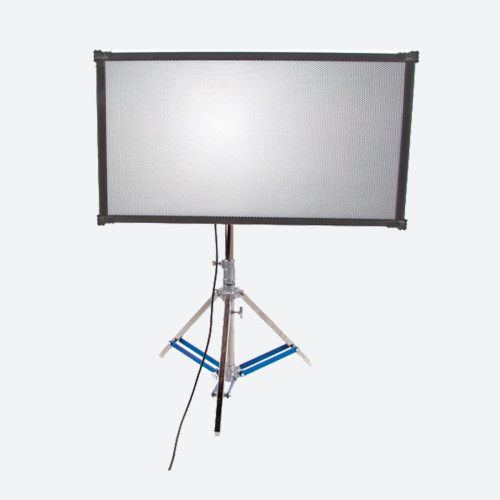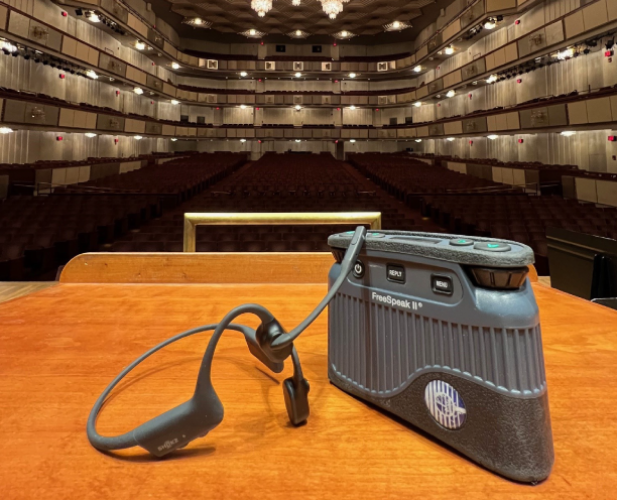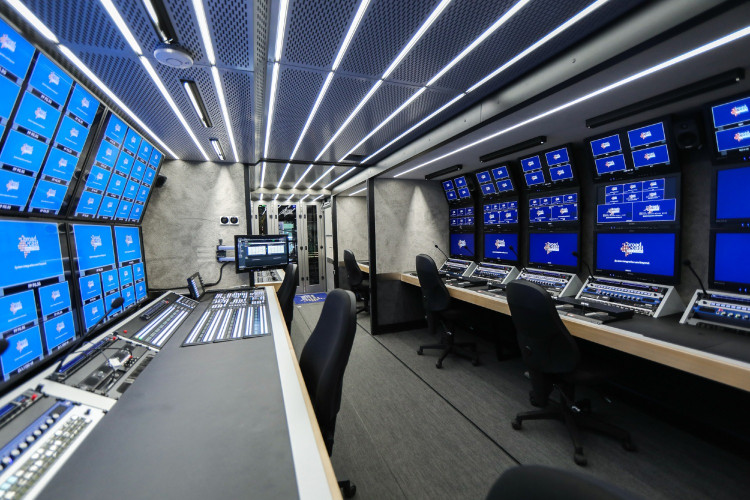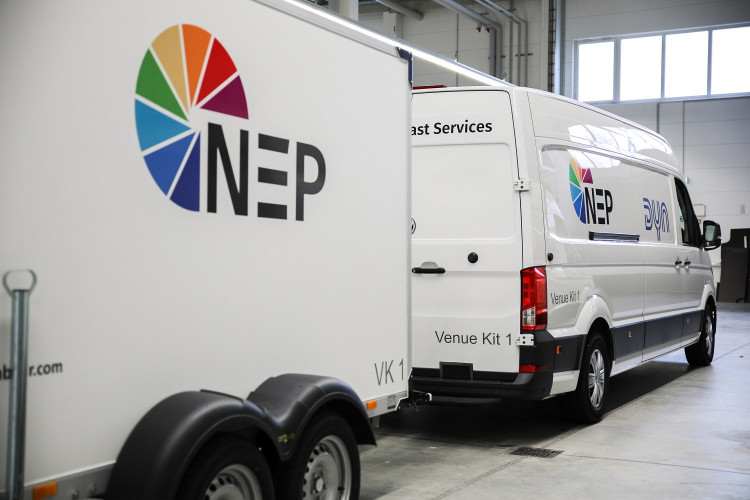i Live programming is a powerful tool for broadcasters against the encroachment of OTT services and the ensuing loss of advertisement revenues. Live content is the answer to drawing viewers. Broadcasters are constantly searching for ways to provide more live sports, news and other live content to viewers. This programming, particularly sports, still attracts a large and devoted TV consumer base as viewers want to discuss news and events of the day with friends via social media.
However, live event production can be heavily resource-concentrated and conventional OB production limits the amount of live content that can be economically delivered to viewers. To increase the amount of these types of productions, broadcasters must address costs by embracing live production workflows that are more conducive and cost-effective.
Remote production may be the solution that broadcasters are looking for. Because there is no need to send large OB production trucks to the venue and fewer staff resources are required with remote production, it offers the ability to dramatically reduce costs associated with workflows and allows broadcasters to deliver more and richer live content.
Major broadcasters are currently using remote production to deliver high-quality and economical live coverage of events. It is now possible to transport signals over dark fiber or via IP circuits with high security and relatively low latency. Compact remote equipment reduces transport costs, is easy to assemble and establish connections and has redundancy built in to eliminate disruptions.
There are many technical considerations in achieving remote production of a live event, but one factor that is often disregarded is communications. Because much of the core team operates remotely from a central production facility, it is vital that strong, reliable and effective communications are executed. The actual intercom configurations will look very different at each end of the production while linked with whatever technology is being used to transport the audio, video and control signals.
At the central production facility, there will likely be an intricate, multiport matrix intercom with additional 2-Wire party-line and wireless extensions. This augments flexibility and power at the expense of higher costs and large amounts of infrastructure and personnel resources. This may be a reasonable exchange in a dedicated production facility, but not for a load-in/load-out event site.
The remote flypack cannot easily sustain this level of hardware, nor can the limited number of technical personnel at the event administer the necessary infrastructure for this type of centralized topology. The solution is an on-site intercom implementation that uses a decentralized architecture with broad-coverage wireless technology. This method permits all on-site personnel to go wherever and speak to whomever they need to at the event site while decreasing equipment and infrastructure.
Using a broad-coverage wireless scheme helps to eliminate infrastructure and ensures that all on-site personnel can move about as needed to do their jobs. The key to attaining wide area wireless coverage for a live event is the capability to locate radio transceivers (antennas) where the coverage is required. In the past, this was typically achieved utilizing highly engineered antenna distribution systems. These were effective but were frequency dependent, expensive to implement and required a proficient RF engineer to design and install the system. This approach is not pragmatic for live event production where fast load-in/load-out is paramount and limited crews are on-site.
The key to adept on-site antenna placement is a wireless intercom system with a frequency-agnostic network that permits radio transceivers (of one or more frequency bands) to be located through a distributed architecture network topology. This enables frequency selection of different RF bands by location of the venue as required and provides the ability to cover as wide an area (or individual locations) as needed to meet production requirements. Wireless users may then roam effortlessly from one area to another while still maintaining their assigned communication routes.
It is necessary for wireless users to be able to communicate with multiple individuals and/or groups based on their specific operational requirements. To achieve this, audio and control data must be distributed and processed in a decentralized method using a distributed architecture. This allows multiple conferences (conversations or communication channels) to be dynamically generated and assigned to each wireless user. These conferences must be capable of supporting point-to-point or multi-user conversations. Each individual wireless user must have access to multiple conferences based on their particular needs. In more intricate events, wireless users may need up to four separate conferences with individual volume and talk control for each.
This configuration efficiently emulates the matrix-based communication at the central production facility while being more suited to remote venue operation. The two sides of the production are then connected via the transport technology being used to connect the central production facility with the event venue. In this way, a seamless, sturdy and reliable communication configuration is established that allows all parties -on either side of the link-to work as if everyone were based at the event.
While remote production opens the door for lucrative content opportunities, pursuing those possibilities without a proven, reliable and economical communications solution puts the production in jeopardy. With a little preparation and proper intercom technology, even the most demanding remote productions can be successful. If implemented correctly, viewers will never know that the entire production staff was hundreds or thousands of miles away from the actual event!





